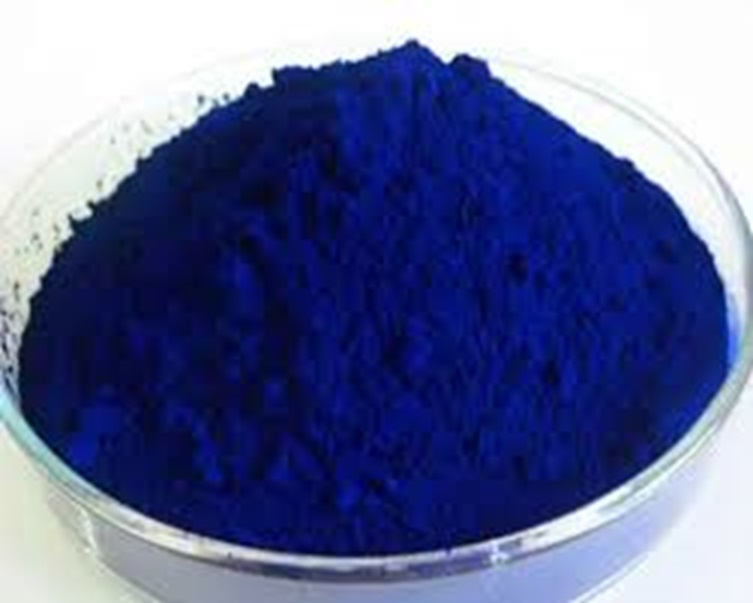We unleash your business potential by maximize the business innovation.
Send EmailCobalt Oxide, Cobalt Monoxide, Cobaltous Oxide, Cobalt Black, Black Pigment, Blue Pigment, 1307-96-6, 11104-61-3
🧪 Cobalt(II) Oxide (CoO)
Cobalt(II) oxide (CAS 1307-96-6) is a powerful pigment and an important industrial compound. It is widely used in ceramics, paints, glass, catalysts, lithium-ion batteries, sensors, and superalloys. Its strong coloring ability and electrochemical properties make it a versatile material in modern industry.
1️⃣ Chemical Identity
-
Molecular Formula: CoO
-
Molecular Weight: 74.933 g/mol
-
Chemical Name: Cobalt(II) Oxide
-
CAS Number: 1307-96-6
-
Other Names:
-
Co(II) Oxide
-
Cobalt Monoxide
-
Cobalt Black
-
Black Pigment
-
Blue Pigment
-
Cobaltous Oxide
-
2️⃣ Production
-
Produced by calcination of cobalt carbonate under neutral or reducing atmospheric conditions:
CoCO3 → CoO+CO2CoCO₃ \; \rightarrow \; CoO + CO₂
-
Carbon dioxide is released during the process.
3️⃣ Physical & Chemical Properties
-
Appearance: Greenish-brown powder; commercial grade is dark gray.
-
Density: ~6.45 g/cm³
-
Melting Point: ~1785 °C
-
Solubility: Insoluble in water; highly soluble in ceramic glazes.
-
Stability: Stable but hygroscopic (absorbs moisture).
-
Color Variation: Particle size influences appearance (green to black).
4️⃣ Applications
-
Ceramics: Pigment in glazes, modified with ZnO, SiO₂, and Al₂O₃.
-
Paints: Strong pigment for coatings.
-
Glass: Used for coloring and fiber production.
-
Drying Agent: In varnishes and oils.
-
Catalysis: Precursor for cobalt compounds; catalyst in oxidation reactions.
-
Batteries:
-
Critical in lithium-ion batteries due to electro-optical, electrical, and magnetic properties.
-
Prevents lithium deposition on substrates during charge/discharge cycles.
-
-
Sensors:
-
Gas sensors, temperature sensors, and dielectric materials.
-
-
Advanced Materials:
-
Used in multi-oxide analytical chips with Zn, Mn, Ni oxides for VOC detection.
-
Component in high-strength magnetic superalloys.
-
5️⃣ Safety & Handling
-
Hazards: Toxic if inhaled or ingested; may cause irritation.
-
Precautions: Use gloves, goggles, and respirators.
-
Storage: Keep in sealed, dry containers; avoid moisture.
📌 Summary: Cobalt(II) Oxide (CoO, CAS 1307-96-6) is a strong pigment and multifunctional industrial compound used in ceramics, paints, glass, catalysts, lithium-ion batteries, sensors, and superalloys, with high stability and excellent electrochemical performance.
Cobalt oxide
CAS: 1307-96-6;11104-61-3
Molecular Formula: CoO
Names and Identifiers
| Name | Cobalt oxide |
| Synonyms | oxocobalt C.I. 77322 Cobalt oxide Cobalt monoxide Cobaltous oxide Cobalt(II) oxide cobalt(2+),oxygen(2-) C.I. Pigment Black 13 cobaltous oxygen(-2) anion cobalt(2+),oxygen(2 oxygen(2-) |
| CAS | 1307-96-6 11104-61-3 |
| EINECS | 234-334-5 |
| InChI | InChI=1/Co.O/q+2;-2 |
Physico-chemical Properties
| Molecular Formula | CoO |
| Melting Point | 1785℃ |
| Water Solubility | insoluble |
| Physical and Chemical Properties | Properties Pink cubic powder. melting point (1795±20)℃ relative density 6.45 solubility: soluble in acid, insoluble in water, alcohol, ammonia. Pink cubic powder. The relative density was 6.45. Melting point (1795±20) °c. Soluble in acid, insoluble in water, alcohol, ammonia. It is easily reduced to metallic cobalt by carbon monoxide. It is easy to react with silica, alumina or zinc oxide at high temperature to form various pigments. |
| Use | Used for making paint pigment, ceramic glaze and cobalt catalyst, etc. mainly used as glass, enamel, ceramics, magnetic materials, etc, cobalt green color colorant, Catalyst, livestock nutrition agent. It is also used for the preparation of cobalt salts. |
1Risk and Safety
| Hazard Symbols | Xn - Harmful N - Dangerous for the environment  |
| Risk Codes | R22 - Harmful if swallowed R43 - May cause sensitization by skin contact R50/53 - Very toxic to aquatic organisms, may cause long-term adverse effects in the aquatic environment. |
| Safety Description | S24 - Avoid contact with skin. S37 - Wear suitable gloves. S60 - This material and its container must be disposed of as hazardous waste. S61 - Avoid release to the environment. Refer to special instructions / safety data sheets. |
| UN IDs | UN 3288 |
Upstream Downstream Industry
| Raw Materials | Ammonium hydroxide Oxalic acid Sodium carbonate Cobalt Sulfuric acid Sodium hydroxide Nitric acid |
Nature
black-gray powder. The relative density of 5.7 ~ 6.7I melting point (1795±20)℃. Soluble in acid, insoluble in water, alcohol, ammonia.
Preparation Method
Cobalt oxalate was prepared by a precipitation reaction between a cobalt nitrate solution and an ammonium oxalate solution. After filtration and washing, cobalt oxide was prepared by roasting an oxalic acid drill.
Use
used in semiconductor industry, electronic ceramics and other fields, can be used as varistor, thermistor, Lightning arrester and picture tube glass shell.
Safety
rat oral LDso:1.70g/kg. Inhalation of cobalt oxide dust can cause acute poisoning, the emergence of bronchial asthma. The maximum allowable concentration in air is 0.5 mg/m3. Staff should be protected. Do not contact with acids. When loading and unloading should be light to prevent packaging damage. When there is a fire, it can be suppressed by water, sand and various kinds of fire extinguisher.
Reference Information
| chemical properties | pink cubic crystal powder. Soluble in acid, insoluble in water, alcohol, ammonia. |
| use | used to make paint pigments, ceramic glazes and cobalt catalysts |

 Oksit, Co (VI) Oksit, Kobalt Monooksit, Kobalt Siyahı.jpg)
